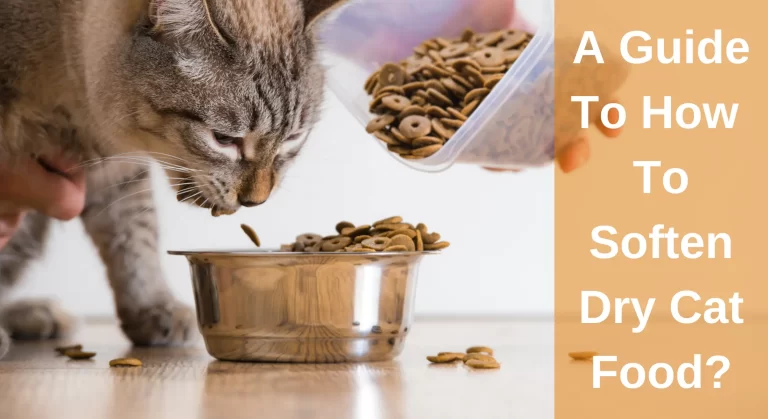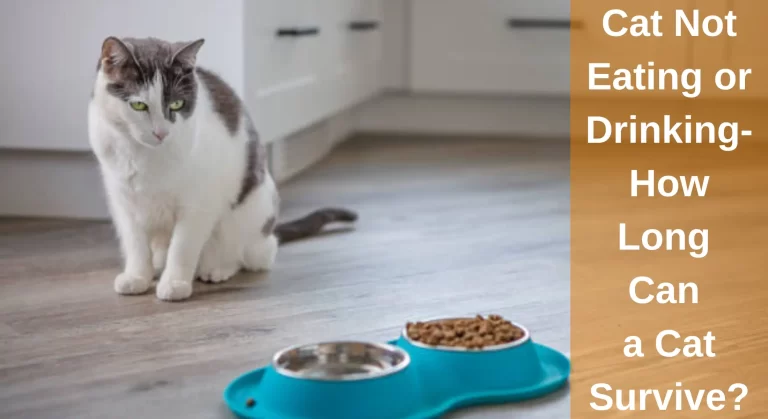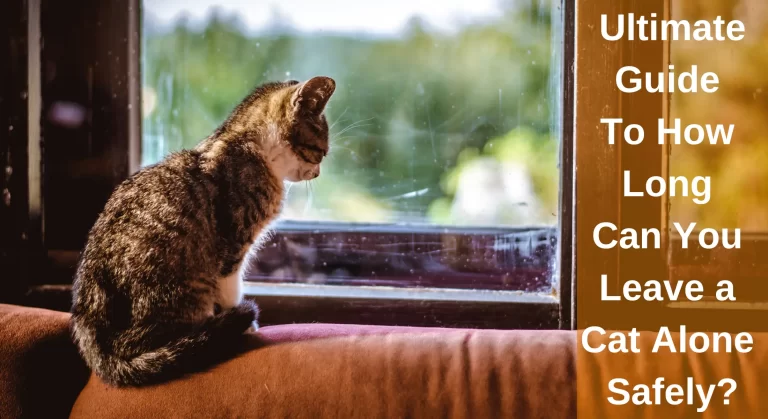Do Calming Collars Work For Cats? Top Tips To Reduce Anxiety and Stress in Cats
Cats need familiarity in their lives to feel grounded. Anything unfamiliar or new to their surroundings or routine will cause them significant stress. As cat parents, seeing our felines so wound up causes us concern. With so many calming products in the market, including calming collars, and their claims and promises, you might be wondering if they could work for your cat. Do calming collars work for cats?
Pheromone-releasing calming collars have been reported to help cats relax. They also have no side effects. The same cannot be said for essential oil-calming collars.
With your cat acting erratically, you might be stressed about what to do. Don’t worry; we are here for you! This article will get into the nitty gritty of calming products for your feline and will help you decide what to get for your cat and how to help it relax.
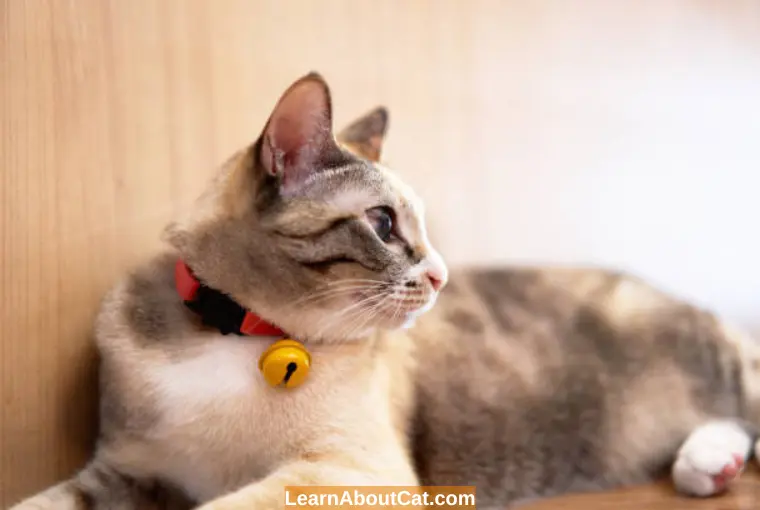
What is a Calming Collar for Cats?
Calming collars are objects that fit around the neck of your cat and release chemicals into the air to calm it down. They work by either secreting pheromones or by releasing essential oils.
Pheromone collars are the most effective at relaxing your feline. Pheromones are chemical compounds released by animals and are picked up by other animals as a way of scent communication. Manufacturers make artificial pheromones similar to natural pheromones that help calm your cat.
Calming collars that work by releasing essential oils work on the same lines as aromatherapy in human beings, containing things like lavender or chamomile to ease your pet’s anxieties.
Do Calming Collars Work for Cats?

It depends on the type of calming collar you are using. Research shows that pheromone collars work effectively at relaxing your cat. They slowly release the compound that is detected by your feline’s vomeronasal organ at the roof of its mouth. These collars are excellent at reducing stress in your furry friends.
Some signs your cat is stressed are:
- Scratching household items
- Aggressive behavior or hissing
- Hiding behaviors
- Soiling other places in the house
- Refusal to use the litter box, urinating outside of the litter box
- Loss of appetite
You will need to purchase a calming collar according to the behaviours your feline is exhibiting. For example, if you just adopted a cat or had to move to a new house, you might want to get a cat collar that releases the pheromone F3. Cats spread F3 by rubbing themselves onto surfaces in their environment as a way to mark their territory and make it their own. An F3-releasing pheromone collar will send reassuring signals to your feline that it is safe in its environment. These happy signals will calm it down.
Cats release the F4 pheromone and rub it on objects and people to form a bond with humans around it. If a new addition to the family is stressing your feline out, you may want to consider an F4-releasing pheromone collar, which will help your cat have easier social interactions.
When it comes to essential oil calming collars, they are reported by many cat owners to not work. Not only are they a waste of money, but Pet Poison Helpline claims they can be harmful to cats. Lavender is toxic to cats if ingested, so using its aroma seems controversial. These collars have strong, pungent smells that can be irritating to pets and their owners. So long story short, pheromone calming collars are the better choice.
What Are the Side Effects of Calming Collars?
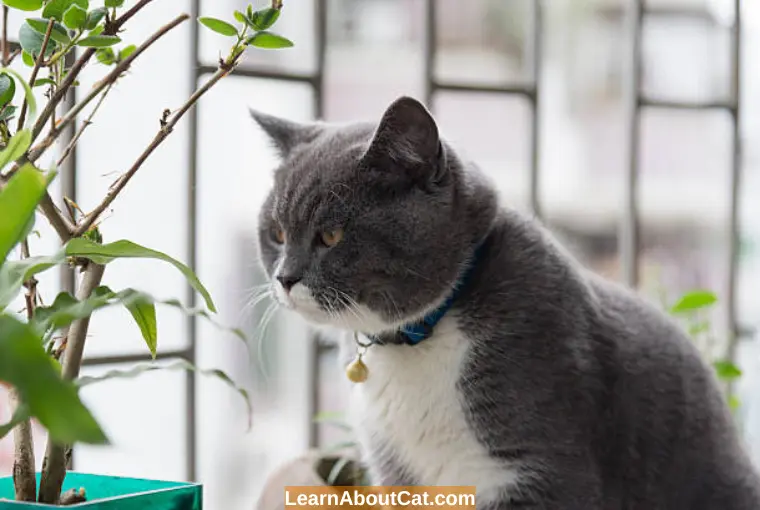
Surprisingly, pheromone calming collars have no side effects, as they mimic the natural pheromones that cats release. Therefore, many cat owners prefer pheromone calming collars to vet-prescribed anti-anxiety medication. Also, because pheromones can be detected only by felines, you or any family member won’t face any side effects as well.
Essential oil pheromone collars, on the other hand, can cause some downsides for you and your feline. Not only are essential oils like lavender, peppermint, cinnamon, and citrus toxic to cats in high concentrations, but they also release highly pungent aromas that can irritate you and your cat’s nose.
What Are The Dangers of Cat Collars?
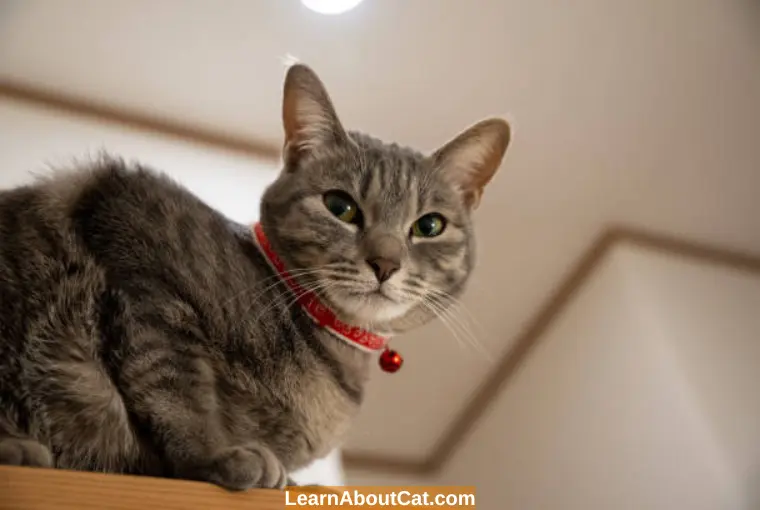
Of course, with so many benefits of pheromone collars, it is hard to imagine any downsides. However, they have hazards just like regular collars do:
- Skin irritation: If you tie your cat’s collar on too tight or for too long, your feline’s skin is bound to get irritated. It will be red, painful, itchy, and flakey, with some hairs coming loose. Your cat might over scratch the area, making matters worse. So it’s always wise to leave a two-finger gap between the collar and your cat.
- Getting caught in the collar: In contrast, if your furry friend’s collar is too loose, it might get caught within its jaw or leg. Your cat will struggle to set itself free, resulting in injuries. This can be avoided by purchasing a quick-release pheromone collar that unbuckles with force applied to it, so your cat does not get hurt.
- Getting caught in objects: Your feline’s collar might get stuck in objects while wandering around. Again, a quick-release collar will come in handy in this situation, preventing your furry friend from staying trapped.
- Choking on buckles: If your pet’s collar has buckles, bells, name tags, or other hanging ornaments, your feline can easily ingest a dangling piece and choke on it. To prevent such an incident, buying a plain pheromone-releasing collar with nothing on it is wise.
What Are Other Cat Calming Aids There?
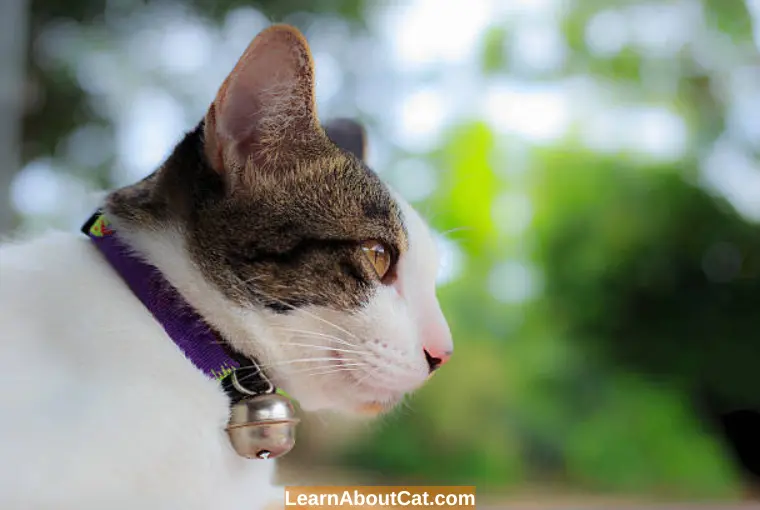
It is understandable if you don’t prefer a collar for your cat. Collars have their downsides and are not for everyone. Also, some felines never get used to collars, and that’s okay. There are several other products you can try to calm your pet:
1. Sprays
Calming sprays contain substances that relax your cat mixed with alcohol. You can spray it into the environment and places your cat takes out its stress, like the sofa or the couch (by urinating or scratching on them). They will last you up to four hours, after which you will have to re-spray.
2. Diffusers
Pheromone diffusers are great because all you need to do is plug in the device, and it will release pheromones into the air. However, you will need one for every room of your house, so this can be a little heavy on your wallet.
How Else to Reduce Anxiety and Stress in Cats?
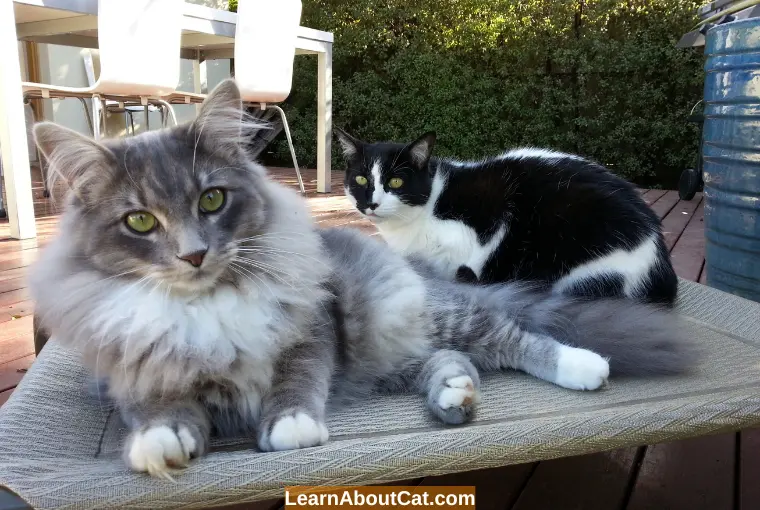
Pheromone diffusing collars, sprays, and diffusers are definitely helpful. Still, they should be used with other methods to manage stress effectively. These products work acutely to relax your cat. At the same time, you can find out and eliminate or minimize the triggering factor and alter their environment to make it less stressful. This holistic approach to your psychologically stressed cat is more effective in the long run. For example:
- Removing factors from the environment that might be stressing your cat out
- Providing hiding spots
- Providing ample food and water
- Making sure your pet has toys, a scratching post, and vertical space
- Keeping their litter box fresh and making sure it is easy to use
- Make sure nothing has been abruptly changed in your cat’s food, water, litter, or environment.
Additionally, you can also add behavioral modification techniques. Behavioral modification techniques help your cat acclimate to stressful stimuli and help them gradually learn that it is not a threat. The different techniques are:
1. Desensitization
This is where your feline is gradually exposed to the stimuli instead of bringing it all at once and overwhelming your cat. For example, if you get a new kitten, keep it in a separate room from your other cats and gradually introduce it to the rest of your pets over the course of a few days. Do this repeatedly until they feel at ease with the new addition.
2. Counter Conditioning
This is where you reward your cat after it has faced stressful stimuli so that it breaks the negative association with it. This method is considered to be the most popular method for changing behavior in cats.
3. Habituation
This is where your cat will gradually get used to the stimuli on continuous, everyday exposure. For example, construction work that could be going on nearby. The sudden construction sounds can be intimidating at first, but as the days go by, your cat will learn that it is not a threat and adjust to the situation.
You will need to discuss the possibility of anti-anxiety medications with your veterinarian if nothing else helps your cat. Although considered a last resort option, prescribed medications can help your cat lead a normal life.
Frequently Asked Questions
The Bottom Line on Do Calming Collars Work For Cats
Pheromone-releasing calming collars are reported to work for cats and ease their anxieties. This, however, cannot be said for essential oil-calming collars. You will need to remove stressors from the environment or exercise behavioral modification techniques along with these collars for ideal stress control. If nothing works, speak to your vet.
Who is Isabella?
My name is Isabella, and I am a dedicated and knowledgeable cat enthusiast. With years of experience caring for cats and a deep love for felines, I made a mission to help other cat lovers navigate the challenges of cat ownership.


